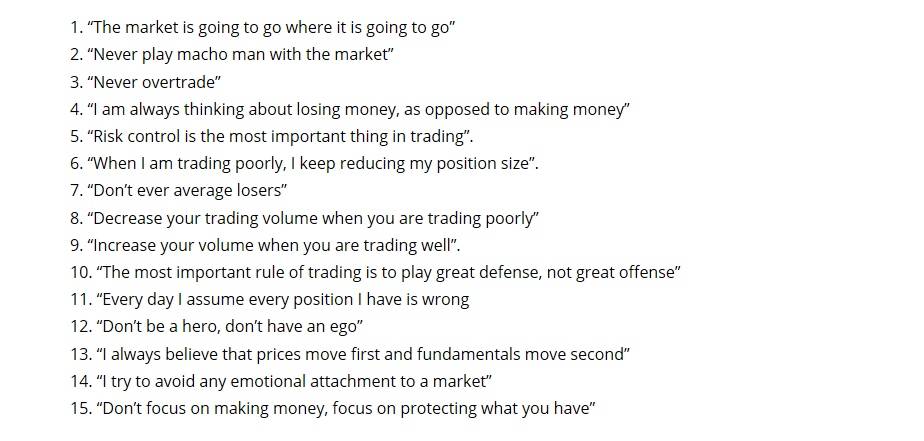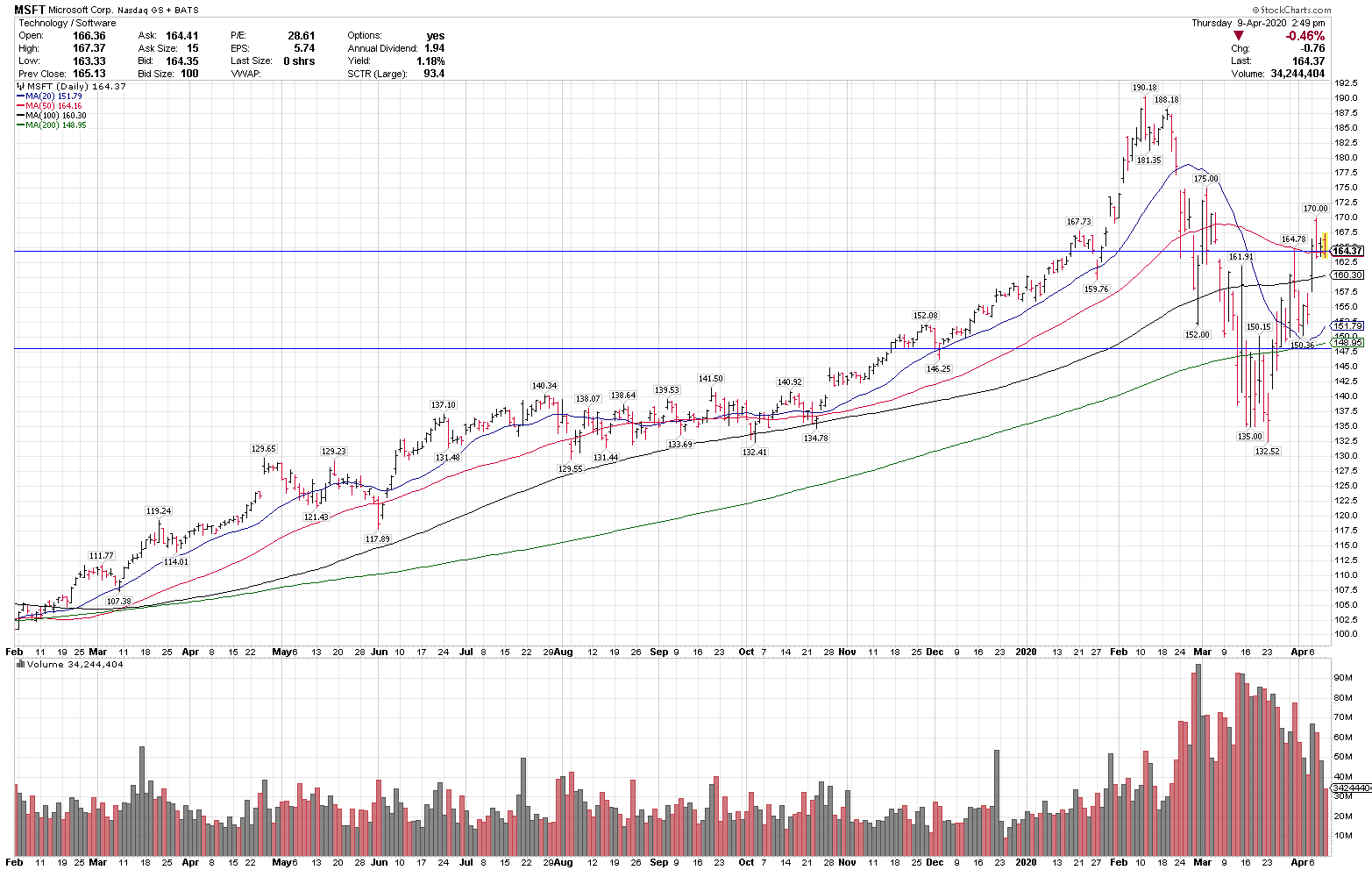How many times have traders or investors passed on a position, in what went on to become a big winner, because they were scared of taking a loss, or of being wrong?
In order to make big money, a trader or investor has to have a position. Often, the investor is so concerned about losing money, or making a bad decision, that they don’t take the position, which then turns out to be a big winner. Once we overcome the fear of downside by learning how to manage it, and embrace it, we can then take the positions necessary to earn outsized longer-term returns.
In other words, to make big money, we need to learn how to lose money.
MINDSET & RISK MANAGEMENT
One of the major differences between novice traders & investors, and experienced professionals, is what they focus on. Novice traders focus on upside, setups, patterns, predictions and thinking about how much money they might make. Experienced professionals focus on risk management, money management and trade management. Pros manage the downside. Professional traders and investors know that losses are an unavoidable part of the process, so they learn to accept them, embrace them and learn how to capitalize on them.
Small, calculated losses in investing and trading are not anything to be taken personally, they are not a sign of failure, but a sign of professionalism. Many of the best traders and investors have a less than 50% win rate, but they manage their positions correctly and keep losers small.
Insights from Paul Tudor Jones, a self made Billionaire trader:
15 verbatim quotes from Paul Tudor Jones chapter in “Market Wizards” by Jack Schwager:

STOP LOSSES
One of the most essential methods to manage downside is to learn how to limit losing positions. The best way that I know of to limit losing positions, is to not only use stop losses, but to learn to embrace them.
The best ways that I know of to use stops and embrace the process:
1/ I assume that any position that I take can get stopped out.
2/ I put hard stop, GTC orders in the system at entry, to avoid emotional overrides.
3/ I am sure to use a formula to have the stop outside of a normal trading range. I use a fixed percentage, based on position volatility.
4/ When stops get hit, I don’t take it personally, but see it as an opportunity to upgrade into a better idea.
POSITION SIZING
Quantify the risk, so that it is acceptable. One key to limiting losses, is to determine how much someone is willing to lose in a position if the position gets stopped out. If we can put a limit on the loss, and accept it mentally, then it becomes much less of something to fear. Cap the downside at acceptable levels.
Standard risk parameters usually fall in the .50% to 1% range. That means if the position gets stopped out, it should result in a loss of 1/2% to 1%. In a $100K account, if stopped out, the loss vs equity would be $500 to $1000.
Here is the general math:
$100k account
$10k position in XYZ stock
10% stop loss
10K x 10% = $1,000 loss vs equity
Once we can quantify how we will are willing to lose if a position goes against us, this becomes what we call “acceptable risk”.
If I take a position in a stock, we can use $MSFT as an example, I know that my stop loss level is 10% (in this example) and I am willing to lose to 1% of my equity if I get stopped out.
That is the formula: Stop level risk (10% from entry to stop) x acceptable equity risk (1% of equity) = position size, (10% of account equity).
If I put $10K in $MSFT with a 10% stop, I know that if I get stopped out, it will cost me 1% of equity, which is my acceptable risk in this example.
If the position starts to work, I can move up the stop along the way, or scale partial profits, or even add to the winner on any new entry signal, most likey a pullback in it’s new uptrend. It pays to determine before entry, what the planned time frame is, and the plan either to scale or add, before the position starts to work. Some positions might be more tactical positions, like an ETF, and some may be planned core long-term positions, as long as they are trending higher.

DETERMINE OVERALL ACCOUNT RISK
Every position has risk. If we manage the position perfectly, but have too many open positions that all get stopped out, it can create a major drawdown. In this example, I want to limit my total account risk to 10% of equity, which means if everything gets stopped out, it will cost me 10% vs starting equity. This could be 10 positions sized at 1% of risk each, or 20 x .50%, or any combination that totals 10%.
This is important to not cut positions early due to too much volatility.
For the most part, traders and investors can only handle half as much volatility as they think they can. In up markets we are all brave, until the selling starts. When in doubt go smaller. Smaller positions and exposure usually lead to more controlled management of the positions, and as a result, bigger winners.
SUMMARY – MINDSET, MATH, PROCESS
Once a trader or investor makes the committment to follow a rules-based plan focused on correct mindset, process, math and discipline, they can start to achieve the benefits that comes from correct trading and investing.
Learn to embrace and accept small losses as a part of a successful longer-term investing or trading plan.
Automate the process whenever possible to reduce emotional involvement.
Determine acceptable position risk.
Determine acceptable equity risk.
Determine overall account risk.
Preplan as much as possible and follow the process consistently.
In other words, to make big money, we need to learn how to lose money.
